from the series "Byzantine Heads"
Original lithograph mounted on cardboard
Signed " Mucha " at the lower part of the plate
Advertising mention "Soieries lainages mercerie rubans dentelles – à l'Abbé Constantin – 13, rue du 4 Septembre, Paris – Spécialité de satins blancs et soieries diverses pour mariages"
France
around 1897
Measurement : 44,8 x 30,8 cm
A calendar block was attached to the lower left corner, later replaced by a collage repeating the background pattern.
A similar model is reproduced in "Alphonse Mucha, toutes les affiches et panneaux", Jack Rennert, Alain Weill, Hjert & Hjert AB, Uppsala, Suède, 1984, page 167, pendant du n°40, Var.3.
our web catalog link :
https://galerietourbillon.com/mucha-alphonse-blonde/
Galerie Tourbillon : Free valuation - Buy and Sell at best prices
Biography :
Alphonse Mucha (1860-1939), by his full name, Alfons Maria Mucha, was a poster artist, illustrator, painter and decorator born in Ivancice, Moravia then part of the Austrian Empire, today in the Czech Republic. After his stays in Vienna and Munich, Mucha went to Paris in 1887 to continue his studies at the Académie Julian and then the Académie Colarossi, while producing advertising posters and illustrating catalogs, calendars and books. The technical and artistic qualities of Mucha were finally recognized and he was hired by the first major publishing house in Paris, Armand Colin. His celebrity came mainly from his elegant Art Nouveau posters, fashionable in particular thanks to the actress Sarah Bernhardt, for whom he composed her theater posters since "Gismonda" in 1894.
Mucha remained indissociable from the image of Paris 1900. He received for example the silver medal at the 1900 Universal Exhibition, and he was also knighted the Legion of Honor. The following year, Mucha designed the Fouquet jeweler's shop at 6, rue Royale in Paris (shop now displayed at the Musée Carnavalet).
Another less well-known production of Mucha, however, includes paintings, sculptures, sets and objets d'art, witnesses of this mystic and visionary man, animated by a true political thought. At the time of the Czech national revival and the break-up of the Austro-Hungarian Empire, he worked on his Slavic Epic which occupied him between 1910 and 1928, witnessing then his dream of unity among the Slav peoples.





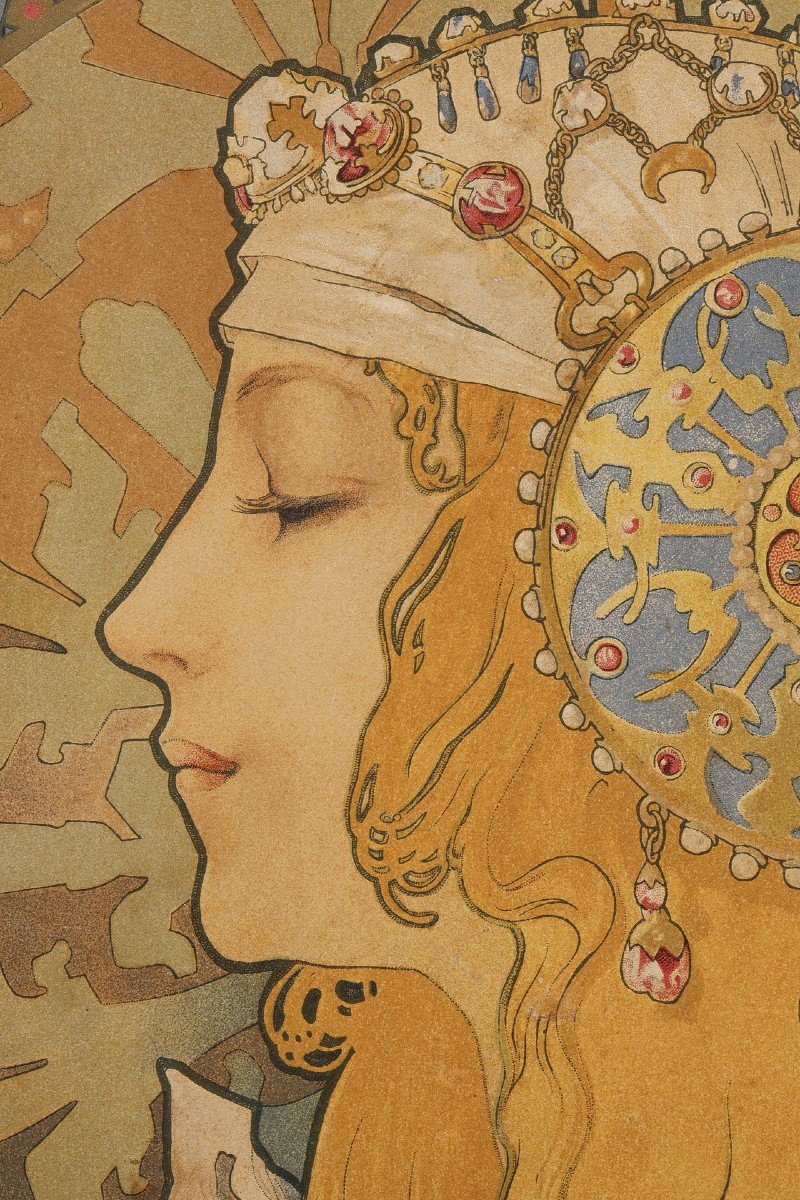












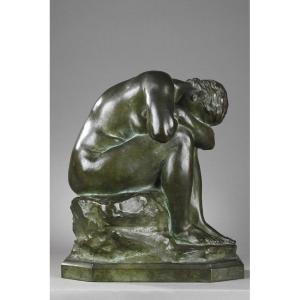

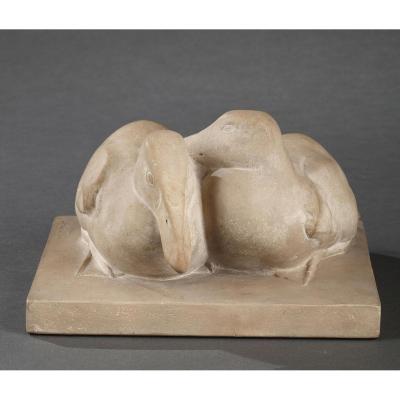


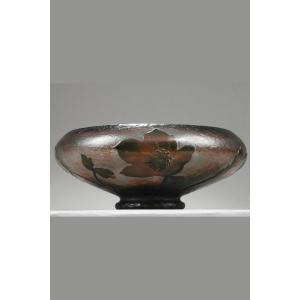
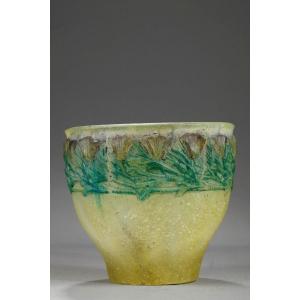




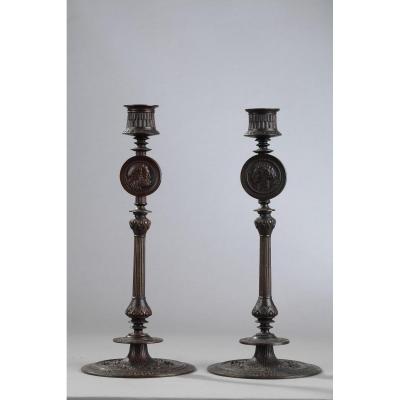
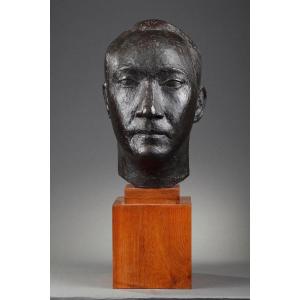
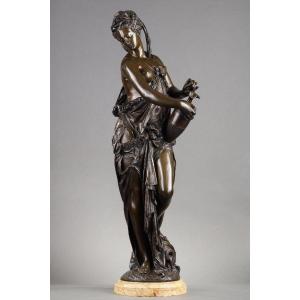
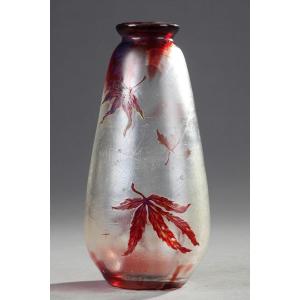
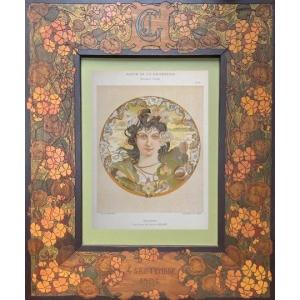
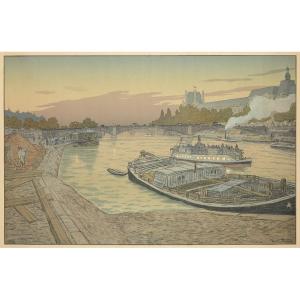
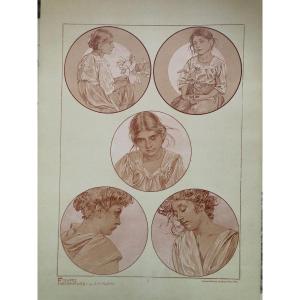
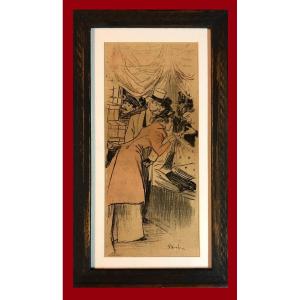
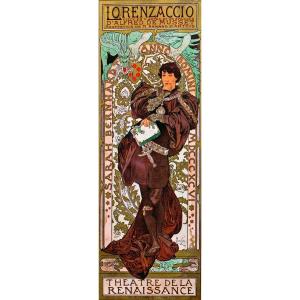



 Le Magazine de PROANTIC
Le Magazine de PROANTIC TRÉSORS Magazine
TRÉSORS Magazine Rivista Artiquariato
Rivista Artiquariato